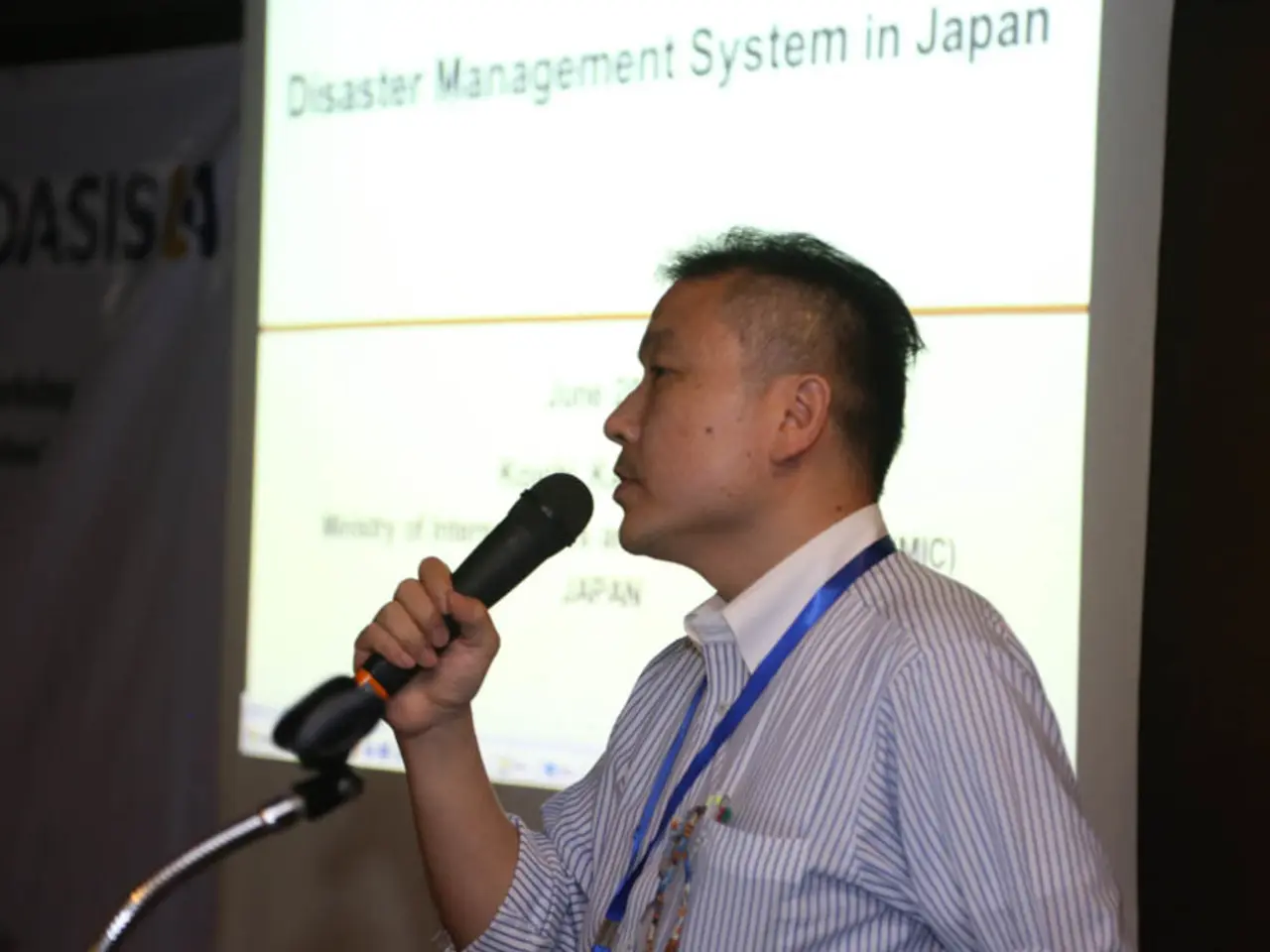Healthcare Emergency Planning: Insights Gained from Real-World Scenarios
In the face of disasters such as wildfires, floods, hurricanes, or viral outbreaks, ensuring the continued delivery of life-saving care in rural and underserved areas becomes a critical challenge. Effective strategies for disaster preparedness in rural healthcare systems involve a multifaceted approach, tailored to the unique challenges of these settings.
Improving Access
Rural health programs should focus on improving access to hospitals, healthcare providers, and necessary services for rural residents, as limited access is a core vulnerability in rural healthcare systems.
Effective Communication and Coordination
Emergency management must integrate healthcare responses through efficient communication channels and coordination between government, healthcare facilities, and emergency responders to provide timely aid and information.
Proactive Capacity Building
Rural healthcare systems should assess current capacities and develop strategic plans to increase staff, supplies, and bed availability before disasters occur. This ensures continuity of care and better outcomes during crises.
Surveillance and Reporting
Implementing robust systems for data collection and disease surveillance helps monitor the impact of disasters and outbreaks, enabling informed decision-making and public communication.
Comprehensive Disaster Management Plans
Rural hospitals should create specific disaster plans including staffing models for disaster scenarios, protocols for staff redeployment, and surge discharge procedures to manage bed capacity effectively.
Training and Workforce Preparedness
Enhancing disaster preparedness among healthcare workers, including nurses, through targeted training and participation in disaster drills and relief efforts is crucial.
Utilization of Available Resources
Leveraging programs such as Emergency Prescription Assistance and Medicaid support can help maintain continuity of care during disaster recovery phases.
Mental Health Support
The demands of a disaster can take a toll on healthcare workers, leading to burnout, anxiety, and PTSD. Any disaster plan must include strategies for supporting staff well-being, such as mental health counseling, peer support groups, flexible schedules, and time off for recovery.
Community-Based Outreach
Community-based organizations can play a role in outreach to vulnerable populations during an emergency.
Technology and Diverse Supply Chains
Technology, such as real-time alerts, telehealth platforms, cloud-based patient records, and predictive modeling tools, plays a crucial role in disaster preparedness. Diverse supply chain options are essential to avoid relying on a single vendor or region for critical supplies.
Building Trust and Collaboration
Building trust with local communities before a disaster strikes can significantly improve outcomes in a crisis. Collaboration with local government, emergency responders, nonprofit organizations, and other healthcare entities is essential for efficient disaster response.
Learning from Disasters
Every disaster is an opportunity to improve emergency preparedness. After each disaster, healthcare organizations should conduct after-action reviews to assess what worked, what failed, and what could be improved for future disasters.
Case in Point: The COVID-19 Pandemic
During the COVID-19 pandemic, many rural clinics rapidly adopted telehealth to continue serving patients despite lockdowns and exposure risks. This innovative approach underscores the importance of adaptability and resilience in rural healthcare disaster preparedness.
In conclusion, rural healthcare disaster preparedness requires a comprehensive approach that addresses access, communication, capacity, data-driven response, and tailored planning. By focusing on these key elements, rural healthcare systems can ensure they are ready to respond with clarity, compassion, and coordination when the next disaster strikes.
Rural healthcare systems could benefit by integrating technology such as telehealth platforms, real-time alerts, and cloud-based patient records into their disaster preparedness strategies.
Adequate mental health support for healthcare workers should be a priority in rural healthcare disaster plans, as they may experience burnout, anxiety, and PTSD during crises.
Community-based organizations can be beneficial in outreach to vulnerable populations during emergencies, enhancing the overall disaster response efforts.
Diversifying supply chain options is essential in rural healthcare, as relying on a single vendor or region for critical supplies could pose a risk during disasters.




